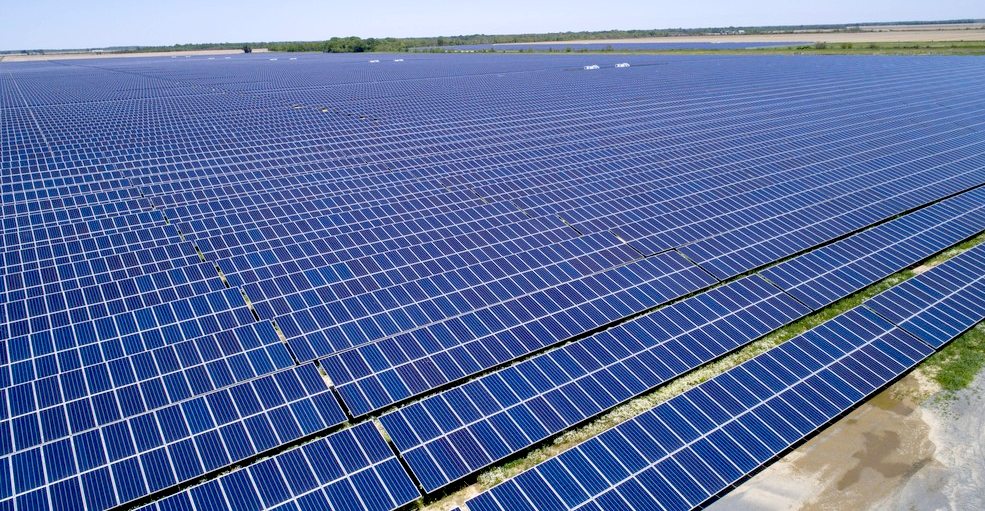|
RUSSIAN ELECTRICITY PRICES
Please use our A-Z to navigate this site where page links may lead to other sites, or see HOME
|
|
|
There is an abundance of clean, renewable, wind and solar energy that can produce green hydrogen and electricity to charge vehicle batteries, but there is no transport infrastructure to support rapid energy exchanges, refuel hydrogen vehicles and load level.
- For businesses, itís around 7.9 Russian rubles per kWh or 8.5 U.S. dollar cents per kWh.
Energy prices are rising, with high fuel costs accounting for 90% of the increase in average costs for electricity generation worldwide. Approximately 70 million people who recently gained access to electricity now find it unaffordable due to these rising prices. Additionally, around 100 million people may no longer be able to cook using clean fuels and might revert to using biomass instead [1].
CHANGING TRADE FLOWS & SUPPLY SHORTAGES
The war has disrupted energy markets, leading to volatility and uncertainty. Strict sanctions on the Russian energy sector have further complicated supply dynamics. Markets are grappling with assessing the potential implications for global energy supplies [1].
Are their any positive aspects amid the crisis? While the situation is challenging, higher fossil fuel prices provide strong incentives to accelerate the transition toward sustainable alternatives. However, the need for energy security may still drive investment in fossil fuel projects [1].
The war in Ukraine has had a profound impact on global energy markets, particularly oil and gas prices. Letís explore how the free world responded to this
crisis.
ENERGY EXPORT ALTERNATIVES & STRATEGIC RESERVES RELEASE
European countries sought alternatives to Russian energy supplies. Reports suggested that refiners should avoid taking Russian oil. Despite the crisis, Russia continued to find markets for most of its production by offering discounts of $15-20 [6].
In response, OECD countries decided to release 60 million barrels of oil from their strategic reserves. This move aimed to ease price pressure. However, such actions historically have only short-lived and limited impact on prices. The released oil would need replenishment in the near future [6].
The Biden administration banned Russian oil imports to the US. The combination of strong economic recovery and low investment in oil production, exacerbated by the invasion, led to stratospheric oil prices, affecting consumers at the pump [6].
The free world grappled with rising energy costs, explored alternative sources, and took strategic measures to mitigate the impact of the crisis while avoiding direct support for Putinís war against Ukraine [6][7]. ����️��
AUSTRALASIAN ELECTRICITY PRICES CHINESE ELECTRICITY PRICES MIDDLE EASTERN ELECTRICITY PRICES NORTH AMERICAN ELECTRICITY PRICES (USA) SOUTH
AMERICAN ELECTRICITY
PRICES
ELECTRICITY PRICES UNITED KINGDOM
As
you may imagine, if you are running a business that uses lots of energy.
Location is an important factor in remaining competitive. Industry could be
based near the Sahara desert, where massive solar installations make sense.
And yet, there is little by way of industrial activity. Africa, is thus a
blossoming energy market. Recognised in both the EGYPES
and ADIPEC
energy shows. With many other events concentrating on renewables like green hydrogen
and electrolyzers.
As of June 2023, the price of electricity in Sudan is remarkably low. Here are the details:
These prices include all components of the electricity bill, such as the cost of power, distribution, and taxes. For comparison, the average global electricity price during that period was around USD 0.154 per kWh for households and USD 0.151 per kWh for
businesses.
Again, these prices include all components of the electricity bill. Kyrgyzstanís low electricity prices contribute to its energy affordability for both households and businesses. However, itís essential to understand the context behind these prices.
Subsidies: Governments in these countries may provide subsidies to keep electricity prices affordable for citizens. These subsidies can help mitigate the cost of power generation.
Economic Factors: Economic conditions, currency exchange rates, and overall development levels influence energy prices. Lower costs of production and distribution can contribute to lower prices.
Historical Context: Historical energy policies and infrastructure investments play a role. For example, Kyrgyzstan has a long-standing tradition of hydropower development.
CONNECTION
TO SDG 7
Please note that exchange rates can fluctuate, so itís essential to check real-time rates for precise conversions. Anyway you look at it, in the EU consumers are being ripped off, to benefit rich shareholding investors. Maybe, it's time for change? To allow the people, to take back control of their energy prices. We cannot help but make a reference to Financial Slavery at this point. Because, high food and energy prices lead to food and energy poverty. Kicking in other UN SDGs: 1, 2, 3 and 10, 11, 12.
BASIC HUMAN RIGHTS
Electricity should be cheaply available to all, as a basic human right. As per Sustainability Development Goal 7. It is the duty of every government to strive to achieve affordable clean energy for their administrative geographical region. Profits should not come into the frame, where it introduces energy poverty, or financial slavery. Privatization of existing grids can lead to a focus on shareholder profits over grid modernization and expansion, making electricity less affordable for low-income populations. This is particularly detrimental in developing nations where access to reliable energy is crucial for basic needs and development. Unfortunately, in Russia, the total lack of free elections, undermines the democratic process, regardless of the electricity supply price. Vladimir Putin's dictatorship encourages their billionaires to invest overseas, by way of Imperialist back door expansion. Another good reason not to allow foreign investment in land in another nation. Such practices, if not limited to one house per foreign national, threatens the sovereignty of the host nation. Apart from the money laundering element of such transactions.
PROFITEERING & MORALS
You may be asking why people should profit from energy and is that legal? Mostly, energy companies have shareholders who derive an income based on share dividends. Sometimes those energy companies would rather they grab a nice profit for themselves, rather than invest in renewables and infrastructure (storage), to make electricity cheaper for their customers. If this is happening in your region, it is because politicians are allowing it to continue. Whereas, policy changes, as statutory requirements - making it law, could force suppliers to invest first, with dividends later. Provided only that a good level of investment has been made. Otherwise, suppliers, and of course the infrastructure network (in the UK Power Networks) should lose their franchise.
THE CASE FOR NATIONALIZATION
The alternative is nationalization, where there are no dividends or shareholders to leach off a captive market. Then, the matter of procurement fraud may rise to the surface as something to keep an eye open for. As in tender bids and transparent tendering. A State operated Grid, Power Storage, and State operated Power Stations, Solar and Wind Farms, would seem to be the only way that SDG7 might be complied with.
https://www.globalpetrolprices.com/Russia/electricity_prices/ [1]
https://www.weforum.org/agenda/2022/11/russia-ukraine-invasion-global-energy-crisis/ https://earth-planet.org/ [1]
https://www.weforum.org/agenda/2022/11/russia-ukraine-invasion-global-energy-crisis/ https://www.globalpetrolprices.com/Russia/electricity_prices/
Please use our A-Z INDEX to navigate this site
This website is provided on a free basis to promote zero emission transport from renewable energy in Europe and Internationally. Copyright © Universal Smart Batteries and Climate Change Trust 2024. Solar Studios, BN271RF, United Kingdom.
|





